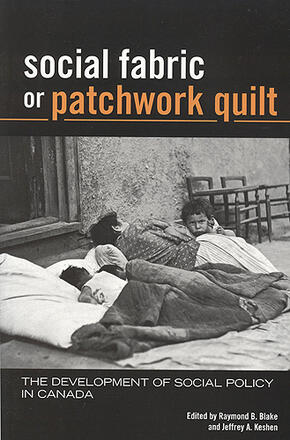
Social Fabric or Patchwork Quilt
The Development of Social Policy in Canada
Description
Both historical and contemporary features of Canadian social welfare are explored in this wide-ranging and in-depth collection. Social Fabric or Patchwork Quilt explores the evolution of the Canadian social welfare state from a system based upon voluntarism and philanthropy to one in which the State’s involvement has increased considerably. It also shows how the roles of governments at all levels have changed in recent times.
Chapters describe the developing Canadian welfare state from Confederation to the present. Beginning with an integrative framework in the general introduction, the selected essays represent many perspectives: chronological, regional, multidisciplinary and ideological. An important feature of this collection is the consideration of providers and recipients. Such wide-ranging outlooks are possible given the diverse backgrounds of contributors, which include historians, sociologists, social workers, public policy experts and political scientists. As well as historical and sociological studies, topics include key programs (discussed in detail), the quality of services received by principal target groups, new directions in research; some contributions even revisit foundational older works and key government documents.